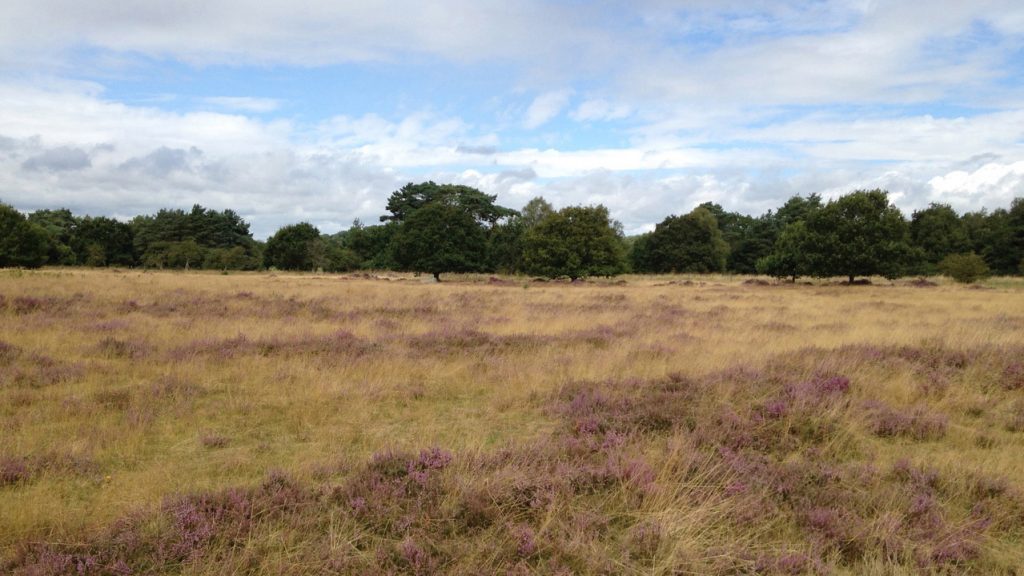2012-18
Suffolk Wildlife Trust, securing dog control at Knettishall Heath
Assisting with significant dog problems

During the redevelopment of this site in 2012, Share-with care began by advising on the creation of a dog-buffer zone and path closures to assist with conservation objectives.
Background
With a generous environmental grant, in winter 2017 Suffolk Wildlife Trust completed a comprehensive site development plan, including an improved pony-grazing area for 20 Exmoor ponies, woodland clearance and habitat restoration.
Visitor use of the site was estimated and it was realised that its heavy recreational use (over 50,000 dog walks per annum) needed to be offset by strengthened conservation objectives.
The situation with heathland breeding bird species was a case in point. As a country park with a history of heavy recreational use over many years, Knettishall had long ago lost the Nightjars and Woodlarks that once nested here, while Tree Pipits have declined to become a rare autumn vagrant. The Skylark population, which had been surveyed by Share-with care since 2012, while once common had begun to significantly dwindle and confined to one section of the heath.
Project
The heavy site-use pressure was offset by creating the ‘buffer’ zone for dog walking – a fully fenced off-lead dog-training area with a variety of walks within it (both short and long circular trails). Reserve staff and volunteers have together been actively encouraging the use of this zone.
A number of initiatives were undertaken to stimulate Skylark breeding activity. These included encouraging site management to close a footpath across the breeding area and the creation of more m2 of Skylark-friendly habitat on the heath.
Additionally there was:
- Creation of the Hounds of the Heath Dog Club – open to all site users
- Staging of regular programmes of dog-related events and activities
These initiatives acted as a conduit for passing on information and served to identify potential ambassadors for the site.
Outcome
The dialogues with visitors steadily paid off and this benefit will accelerate when the site’s first dog ambassadors are trained and issued with site-specific prompt materials. Also, the Skylark population was also stabilised and nesting began on other parts of the site.
Sadly this project was not completed through an unwillingness to invest by the Trust.